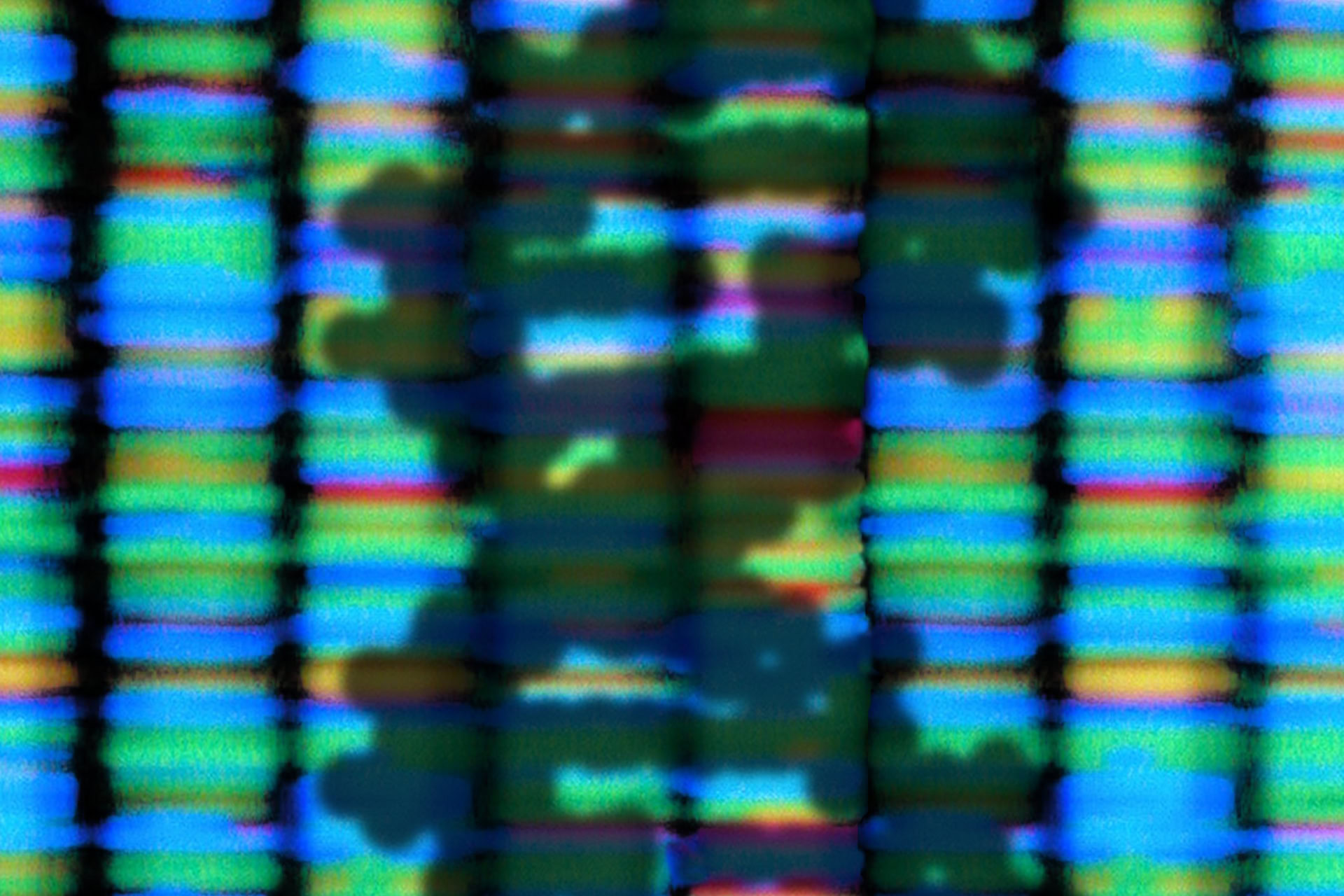Researchers lead by a team at the UK's Wellcome Trust Sanger Institute have published a detailed analysis of the human X-chromosome, one of the two chromosomes that determines sex. An accompanying study uncovered the surprise finding that women have two active copies of many X-chromosome genes. Previously, scientists believed that one of the two X-chromosomes present in every cell of a female embryo is effectively 'shut down' early in development. The discovery may explain genetic variations between different women, and perhaps between men and women, say the team.
An international consortium unveiled the final version of the entire human genome on 14 April 2003. They found that it is made up of 2.9 billion base-pairs (chemical 'letters') of DNA, and contains an estimated 25-30,000 different genes. Researchers have since been looking at each of its 24 different chromosomes in detail, to identify the 'coding' stretches of DNA that make up these genes. They have also been filling gaps - stretches of DNA sequence that could not easily be determined - and double-checking for any errors.
The complete sequence of the X-chromosome contains an estimated 1,098 genes, including 399 genes that had not previously been identified. They include 99 'testis-antigen' genes, linked to testicular cancer, melanomas and other cancers.
As well as increasing understanding of individual genes, the X-chromosome results could also shed light on a phenomenon known as 'X-inactivation'. Scientists used to think that one X-chromosome in every cell of the female embryo was almost completely inactivated, ensuring that women do not get a 'double dose' of all the X-chromosome genes. However, a new study - carried out by two researchers at Duke University in North Carolina and the Pennsylvania State College of Medicine in Hershey - reveals that is not the case. In fact, around 15 per cent of genes on the 'inactive' X are actually active in cell samples from 40 different women, while a further 10 per cent are active in just some of the samples. 'The data are so striking', says study author Huntington Willard, adding 'every female is expressing a different subset of X-linked genes at different levels'.
Since men only have one X-chromosome, a woman's extra X-chromosome gene activity could shed light on some of the differences between the sexes, say the scientists - for example, gender differences in reactions to certain medicines. However, they stress that so far, they have only looked at skin cells, and the situation might be different in other types of body cell. But the fact that individual women have different sets of 'double dose' genes suggests that women are a lot more genetically variable than men.




Leave a Reply
You must be logged in to post a comment.